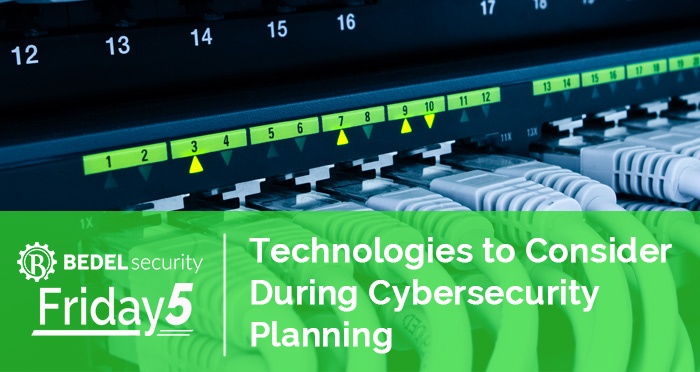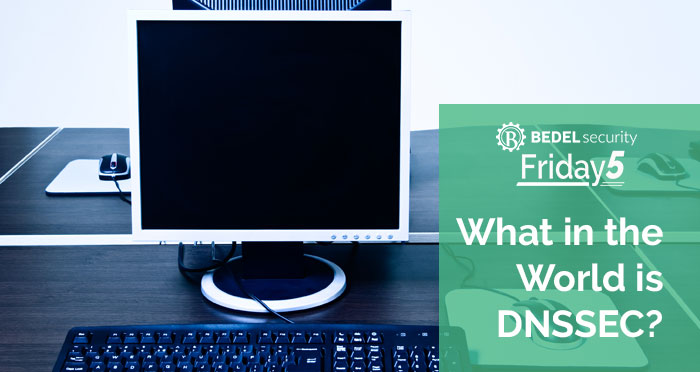Technologies to Consider During Cybersecurity Planning
Regulators want financial institutions to plan for cybersecurity upgrades, both in strategic planning and during the budgeting process. It is...

Network segmentation is one of those terms that gets thrown around a lot, like the principle of least privilege and role-based access, as if it was some kind of box you must check off a list of security controls. And while it is certainly a strong control to consider, it is a layered, nuanced moving target for which to aim. But the truth is, it’s far easier said than done. The degree to which you segment your network can vary, but no matter how far you go, adopting this security strategy can help your organization reduce attack surfaces, control data flow, and even enhance performance. But how much segmentation is enough? Overcomplicating your network can create inefficiencies, while under-segmentation leaves critical assets exposed. Striking the right balance requires understanding risks, business needs, and operational practicality.
Segmentation helps isolate sensitive systems, limits lateral movement during cyberattacks, and enforces access control policies. A well-segmented network ensures that if an attacker gains access, they can’t easily reach critical systems. But separate networks for sensitive assets aren’t enough, implementing ACLs (Access Control List) and port filtering should also be considered. Moreover, network performance can be improved when carefully considering the types of devices that are organized together. IoT (Internet of Things) devices are well-known for having vulnerabilities with limited support and firmware updates, while voice equipment is particularly sensitive to broadcast storms, so segmenting these types of devices can improve security posture and increase performance. VLANs (Virtual Local Area Networks), firewalls, and Zero Trust principles all play a role in creating effective segmentation.
More segmentation isn’t necessarily better. Excessive segmentation can create unnecessary complexity, leading to:
For example, a business with separate VLANs for every department may find that managing inter-department communication becomes cumbersome. Every call to the help desk may require assessing if segmentation is to blame, a factor that may be challenging for level 1 support staff to discern.
On the flip side, minimal segmentation can allow attackers to move laterally across a network with ease. If all systems share the same flat network, a single compromised endpoint could put the entire infrastructure at risk. A great example is a ransomware incident; an infected endpoint can only spread to those assets and networks to which it has access, limiting the amount of data that is exposed, held for ransom, and decreasing the time required for recovery. Additionally, performance concerns can arise if too may devices cause broadcast storms – IoT devices are notorious for this type of activity. Furthermore, systems that are used for highly sensitive financial transactions, such as ATMs, should also be segmented, decreasing the risk of threats like ATM jackpotting.
The key is risk-based segmentation—aligning network design with security needs:
There’s no one-size-fits-all approach to network segmentation. It’s about balancing security, usability, and operational efficiency. If you’re unsure how much is enough, start by segmenting the most critical assets and refine as needed—because sometimes, less is more when done right. Check out some of our other blog posts for further insight and contact us if you want to learn more.

Regulators want financial institutions to plan for cybersecurity upgrades, both in strategic planning and during the budgeting process. It is...

At Bedel Security, we work with many financial institutions on their Cybersecurity Assessment Toolkit (CAT) or Automated Cybersecurity Examination...

A common theme among financial institutions is the attempt to keep up with the evolving threat landscape through the acquisition of the latest and...